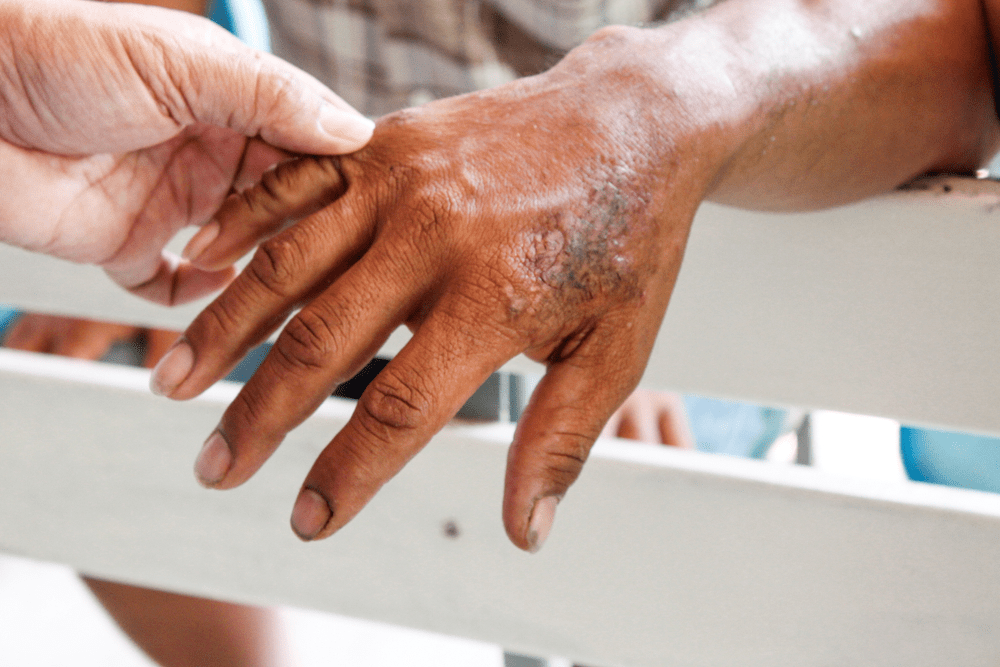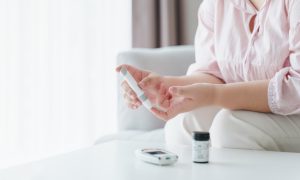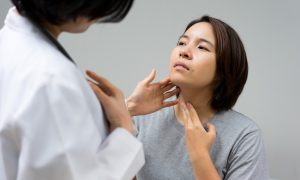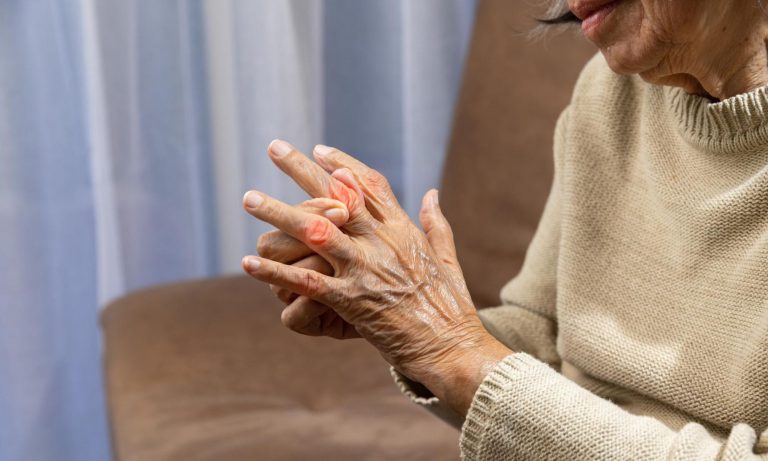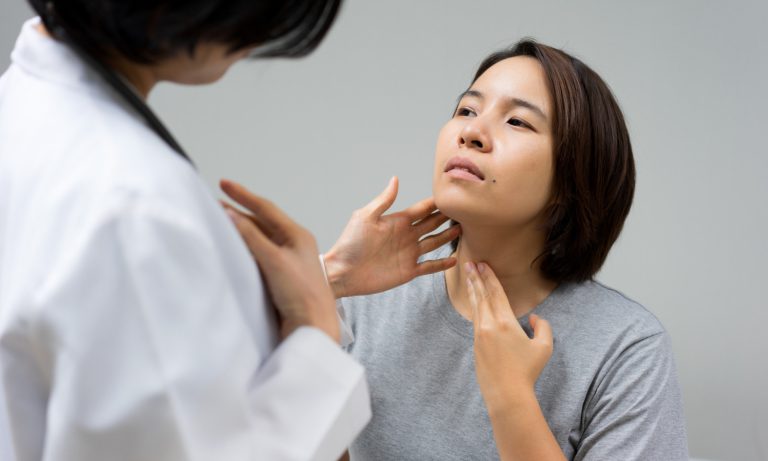In 2018, the World Health Organization (WHO) found there were 208,619 new leprosy cases registered globally (184,212 cases at the end of the year), as per findings from 159 countries from six WHO Regions. Most of the people infected by leprosy are in Africa and Asia. In the Philippines, 1,660 new cases of leprosy were detected in 2017 alone, with 6.7% of infected being children under the age of 15.
Leprosy, also known as Hansen’s disease, is a bacterial infection that grows slowly. The condition is curable. But if immediate treatment is not received, it could cause severe health consequences.
In this blog post, we’ll give you a rundown of leprosy’s symptoms, how to prevent this infectious disease from getting worse, and what you should do if you’ve been infected. Let’s dive into it!
Symptoms of Leprosy
The early signs and symptoms of leprosy appear slowly and subtly. It may occur a year after coming into contact with a leprosy-causing bacteria but can take as long as 20 years or more for the symptoms to show up. The symptoms may also present differently among individuals.
Leprosy primarily affects the skin and the peripheral nerves, which are the nerves outside the brain and spinal cord. It may also infect the eyes and the tissue lining inside the nose. Here are the symptoms of leprosy:
- The presence of skin lesions that appear lighter (or red from inflammation) than usual, remain for weeks or months, and do not disappear with ordinary treatment
- Lots of sweating and hair growth over the skin lesions
- Numbness in the hands, feet, legs, and arms, also known as “glove and stocking anesthesia”
- Loss of sensation on some parts of the skin, such as touch, pain, and heat
- Ulcers on the soles of the feet
- Thickened and/or painful nerves in the neck, forearm, near the elbow joint, and back of the knees
- Curling of the fingers and thumb caused by paralysis of the small muscles in the hand
Because of the loss of sensation on some parts of the body, injuries, burns, and breaks can go unseen. Additionally, since the body’s immune system is weakened, the wounds and secondary infections are likely to get worse, leading to tissue loss.
Moreover, the damage to the mucous membrane inside the nose area can lead to scarring and internal injury. When left untreated, the nose may collapse. Likewise, the disease can wreck the nerves responsible for blinking. This causes the eyes to dry out quickly and make it more susceptible to infection, potentially leading to ulceration and blindness.
Treatment for Leprosy
Generally, there are two ways to treat leprosy: antibiotics and anti-inflammatory treatments.
- Antibiotics are administered to treat the infection, not the nerve damage. This includes a multi-drug therapy approach (two or more types) that lasts for 6 to 12 months or more. The recommended antibiotics, dosages, and period of administration depend on the classification of the disease, and whether or not the infected area is under medical management.
The common antibiotics for treating paucibacillary leprosy (skin lesions with no bacilli) are dapsone and rifampicin, while multibacillary leprosy (skin lesions with bacilli) will need another antibiotic called clofazimine. Those with severe leprosy may be required to take antibiotics for a longer period.
- Anti-inflammatory drugs are administered to manage nerve pain and damage related to the disease. This may consist of steroids like prednisone.
Patients may also be administered thalidomide, a medication that suppresses the body’s immune system, to treat leprosy skin nodules. However, note that thalidomide is known to cause life-threatening congenital disabilities, so pregnant women or those who plan on becoming pregnant should not take it.
How to Prevent Leprosy
The best way to prevent leprosy is early diagnosis and immediate treatment to avoid further tissue damage and severe health complications. Below are some preventive measures for leprosy.
- Provide education and self-care support – Because of the stigma around leprosy and the lack of education and provisions in various communities, it becomes difficult to eliminate the disease. Educating people can encourage them to develop or maintain healthy living. Offering support to those infected and their families can help boost their morale.
- Monitor the condition and symptoms – Infected people should immediately seek medical attention as soon as they see the signs to prevent the spread of infection. Young children should avoid physical contact with untreated patients.
- Manage day-to-day injuries and disabilities that progress – To prevent serious health complications and internal damage, it’s crucial to monitor the injuries and disabilities that develop, especially since the affected skin patches are more prone to lacerations.
- Educate people about injury prevention and wound cleaning – Walking the communities by identifying the signs and symptoms of leprosy, preventing injury, and cleansing the wounds can help them prevent any further damage or severe complications.
- Maintain body resistance – Strengthen the body’s immune defenses by consuming healthy food, keeping a balanced diet, getting enough rest, exercising, practicing proper hygiene, and maintaining a clean environment.
Leprosy: A Global but Curable Concern
Leprosy is a terrifying bacterial infection and a growing public health concern around the world. It’s vital to shatter the stigma surrounding the disease so that people suffering from it would not have to hide their symptoms and seek treatment without fear of judgment. Leprosy is completely curable with immediate treatment. As always, the best prevention is to equip yourself with the right knowledge.
Care to read more about related subjects and other informative articles? Check out our other posts for your reading pleasure!

